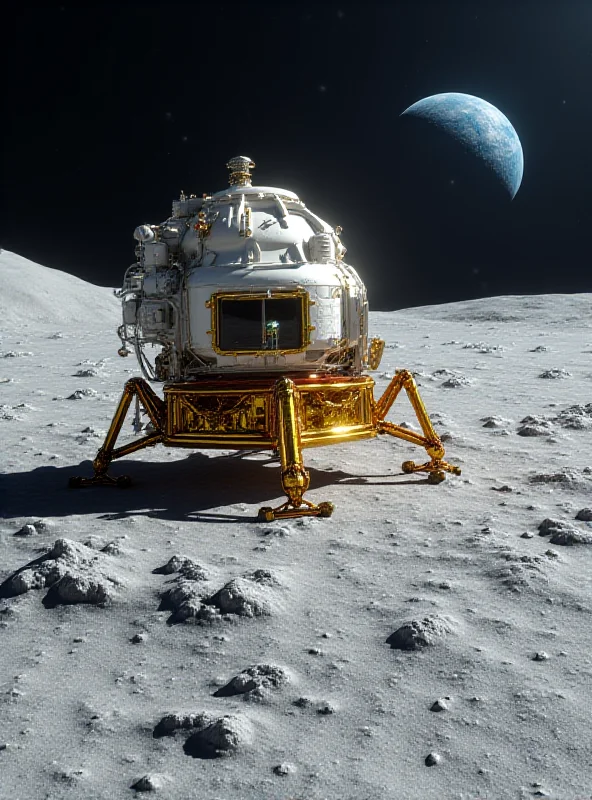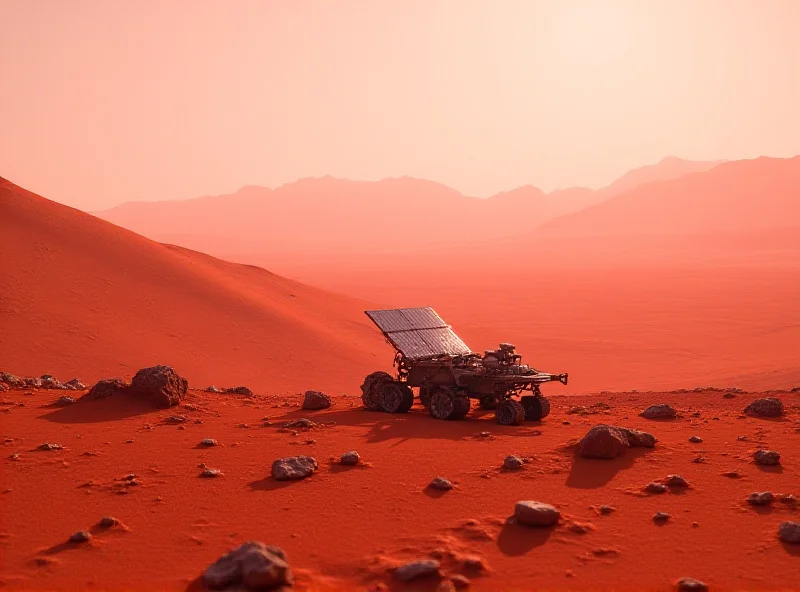China's space program is rapidly expanding, showcasing ambitious plans that span from Earth orbit to the surface of Mars and the Moon. With a series of recent announcements and discoveries, China is solidifying its position as a major player in space exploration.
International Collaboration and the Tiangong Space Station
China is fostering international collaboration in space, most notably with its all-weather ally Pakistan. The plan to send a Pakistani astronaut as the first foreign guest to the Tiangong space station highlights the strong ties between the two nations. This mission signifies a growing partnership in space exploration and underscores China's willingness to share its space capabilities with other countries. "This mission is a testament to our commitment to international collaboration and peaceful exploration of space," a Chinese space agency representative stated.

Unveiling Mars' Ancient Secrets
The Zhurong rover on Mars has made significant discoveries, providing compelling evidence that the red planet may have once been a very different place. The rover's ground radar detected hints of a fossilized shoreline, suggesting that the northern hemisphere of Mars may have been covered by an ocean billions of years ago. Further evidence includes traces of extensive sand beaches, reinforcing the theory that water once played a significant role in shaping the Martian landscape. These findings open exciting new avenues for understanding Mars' past and its potential for harboring life.
The Polish Space Agency also recently had cause to monitor the skies, with fragments of the Chinese rocket Jielong potentially re-entering the Earth's atmosphere and possibly passing over Poland. While the agency reassured the public that the debris would likely burn up completely, it serves as a reminder of the global impact of space activities.
Eyes on the Moon: A Lunar Landing by 2030
China's lunar ambitions are taking shape with the naming of key components for its human moon landing mission planned for 2030. The lunar spacesuit has been named "Wangyu" and the rover "Tansuo." Both are currently in the prototype development phase, undergoing extensive testing. Other mission components have also been named, including the "Mengzhou" spacecraft and "Lanyue" lunar lander. This indicates the development of a comprehensive infrastructure for the lunar mission.

These developments demonstrate China's commitment to becoming a leading space power. From fostering international cooperation to pushing the boundaries of scientific discovery on Mars and setting its sights on the Moon, China's space program is poised to make significant contributions to our understanding of the universe.

The future of space exploration is undoubtedly becoming increasingly multi-polar, and China's advancements are a clear indication of this shift. The world will be watching closely as China continues to pursue its ambitious space goals.
